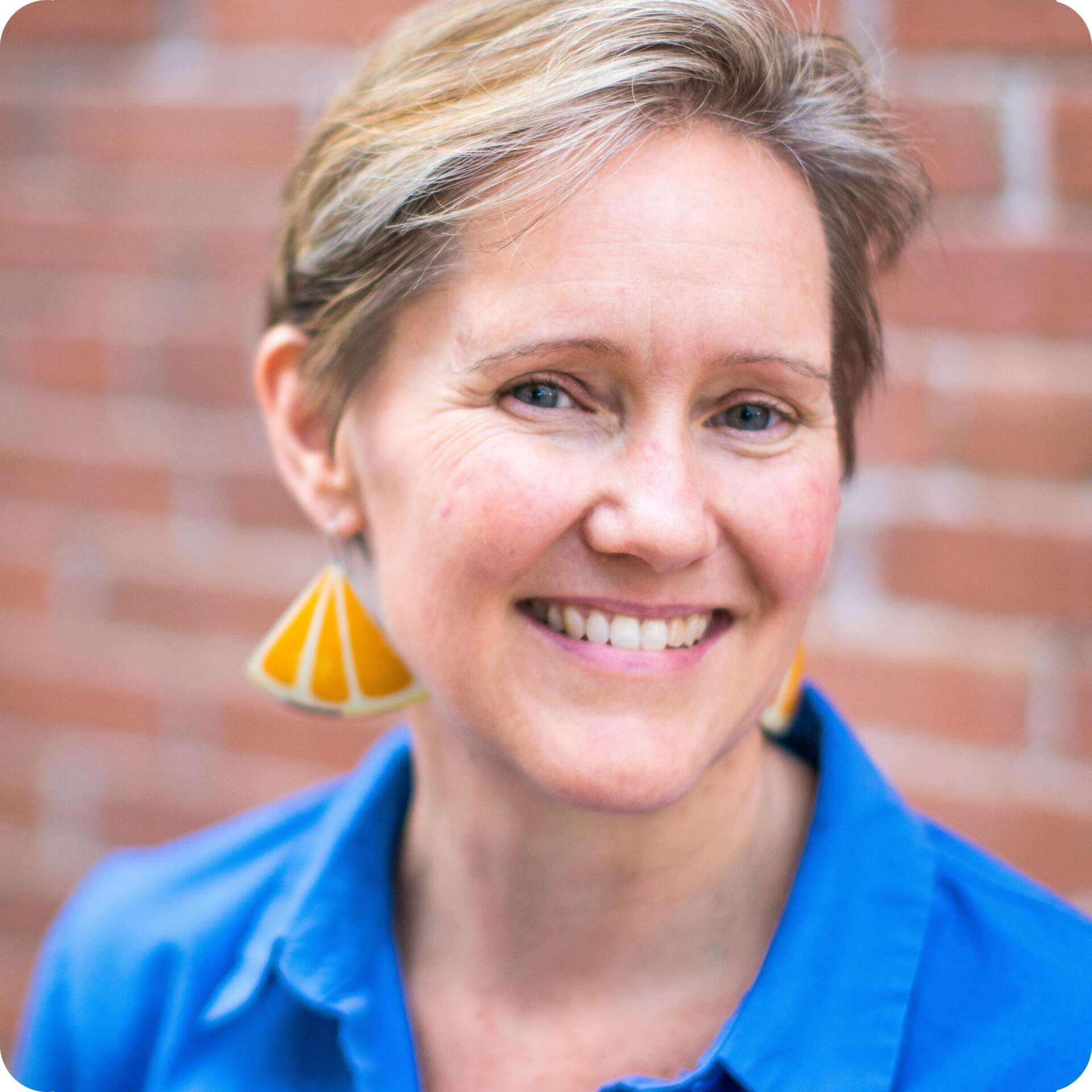We’re excited to introduce you to the always interesting and insightful Christine Terrell. We hope you’ll enjoy our conversation with Christine below.
Christine, looking forward to hearing all of your stories today. We’d love to hear about a project that you’ve worked on that’s meant a lot to you.
When I was a kid I used to laugh at my mom for her drawer of ‘gently used’ tin foil. It seemed just a bit loony. Now, of course, I get why she did it. It wasn’t about the cost of tinfoil. It was about using things up.
This was just one of many lessons handed down in my frugal Yankee upbringing to ‘waste not.’ Though I didn’t realize it at first, that’s a large part of the inspiration behind my adaptive reuse line of art jewelry.
Wanting to explore the world of metalsmithing, but not wanting to invest in expensive tools and extractive materials, I stumbled across the idea of using old tin cans. I picked up a few during my next thrift store foray and the rest, as they say, is history. I was immediately smitten by all the colors, patterns and imagery, but it was the realization that I had found a use for what others found useless that really spoke to my soul.
Though I love to make jewelry, I’m pretty sure I would never have started if my way in had been through the traditional copper, silver, gold route. Not only did I not want to be part of the precious metal mining scheme, making beautiful things from already beautiful things wasn’t a challenge that spoke to me.
Even after years of making and selling jewelry, it’s the moment when people first realize the earrings in their hand were made from a tin pulled out of dumpster that’s the sweet spot for me. When I see a switch flip in someone’s mind and I know they can begin to think differently about materials.
Making jewelry is my doorway to the much bigger question of how we are living on the planet and how we as a culture could hew more closely to my favorite quote from Boyd K. Packer
“Use it up, wear it out, make it do, or do without.”
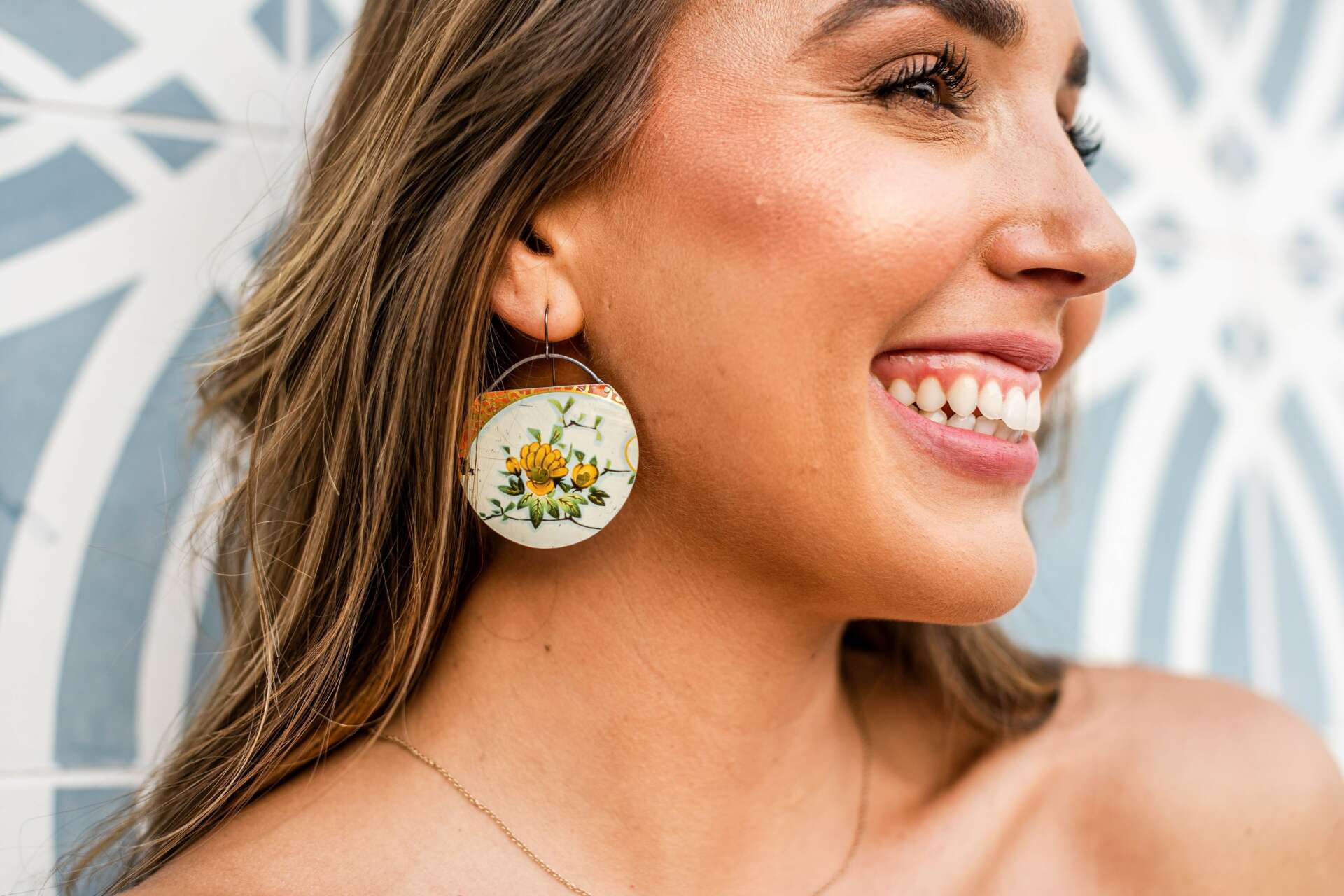
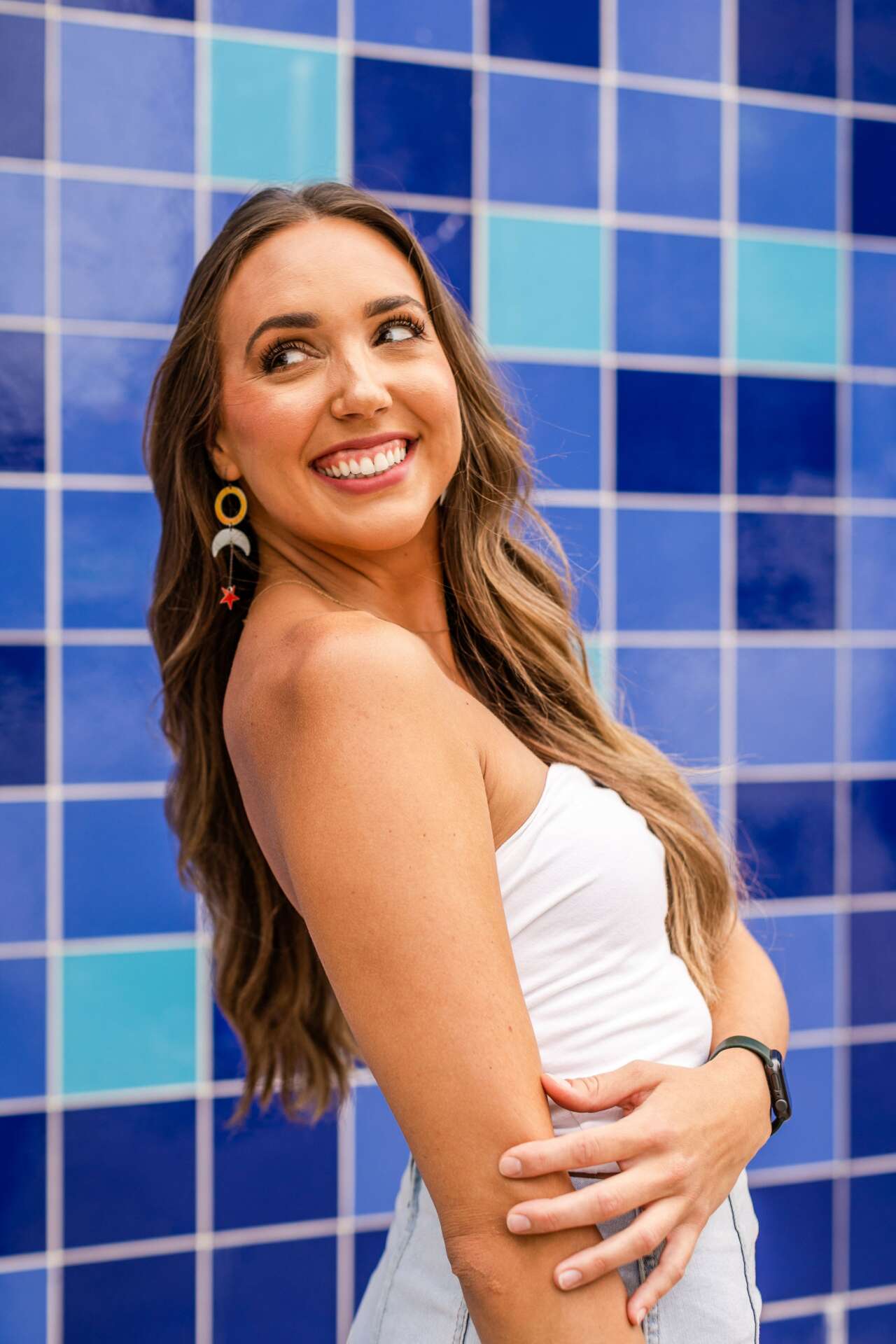
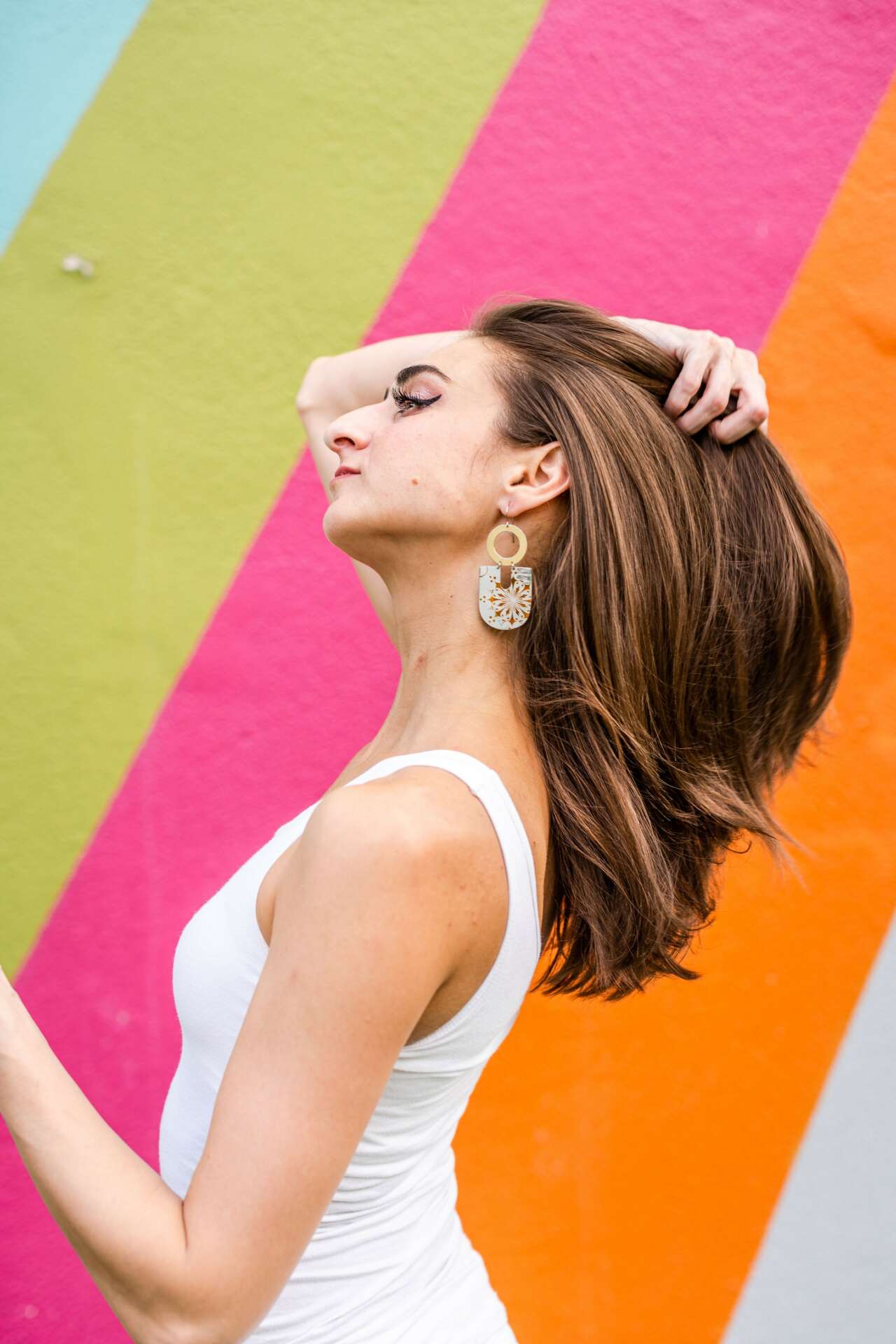
As always, we appreciate you sharing your insights and we’ve got a few more questions for you, but before we get to all of that can you take a minute to introduce yourself and give our readers some of your back background and context?
Though I have been making jewelry from upcycled tins for nearly two decades, I came to it by pure happenstance. It was a fateful trip to the Austin Public Library and a reshelving cart that lead me to consider using tins for metalsmithing. Other than that one book, there aren’t any specific to making tin jewelry, so I had to do what artists love to do most—figure it all out on my own.
I love the nature of the thin sheet steel. It comes pre-loaded with all sorts of fab colors, patterns and designs and it is simultaneously flexible and strong. But mostly I love that it’s considered trash. Finding tins in thrift stores, junk shops and dumpsters and then transforming them into pieces of art that allows them to live whole new lives is still my jam even after all these years.


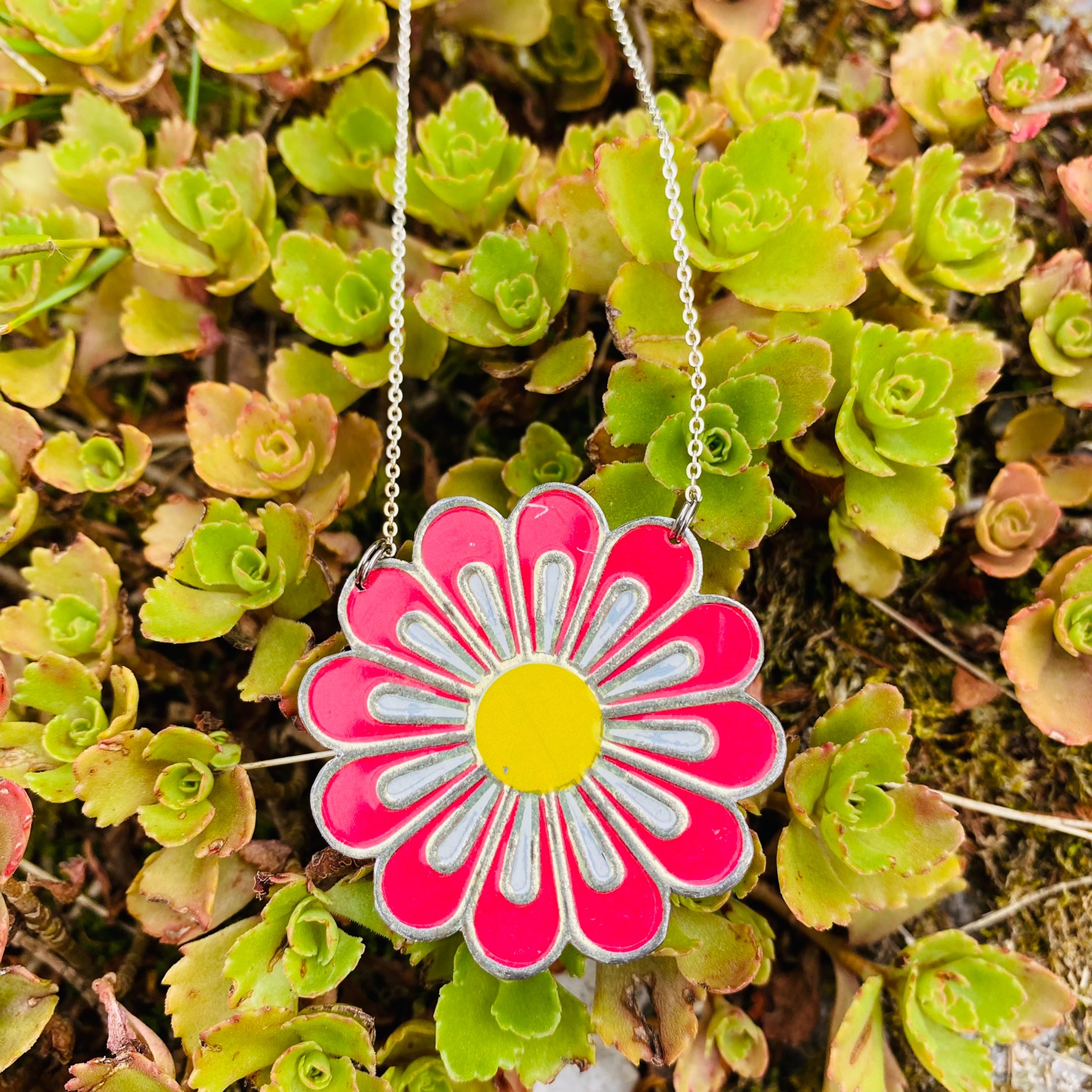
For you, what’s the most rewarding aspect of being a creative?
As a graphic designer for the first decade of my professional life, it was quickly apparent that being a creative didn’t necessarily mean you had creative freedom. Though some clients were fun to work with and co-created great work, mostly that’s not the case in the corporate design space.
I didn’t realize it at the time, but stepping out of that life lead me to what has become the most important practice I have as an artist—the practice of living within uncertainty.
We have created a culture that relies on the illusion of certainty. But the reality is that every day is a blank canvas. Every day we have to wake up and create our life anew just as if we were painting it. The daily practice of walking out to my bench each day with no other direction than what I was momentarily inspired by was a practice in resiliency and reciprocity with the Universe.
I know this practice profoundly impacted my ability to manage and support others during the Covid epidemic. I felt like that uncertainty was just another version of the one I had been meeting each day for nearly two decades. I’m sure I would not have felt as resourced and stable if I had been working for all those years in a routine 9 to 5 design job.

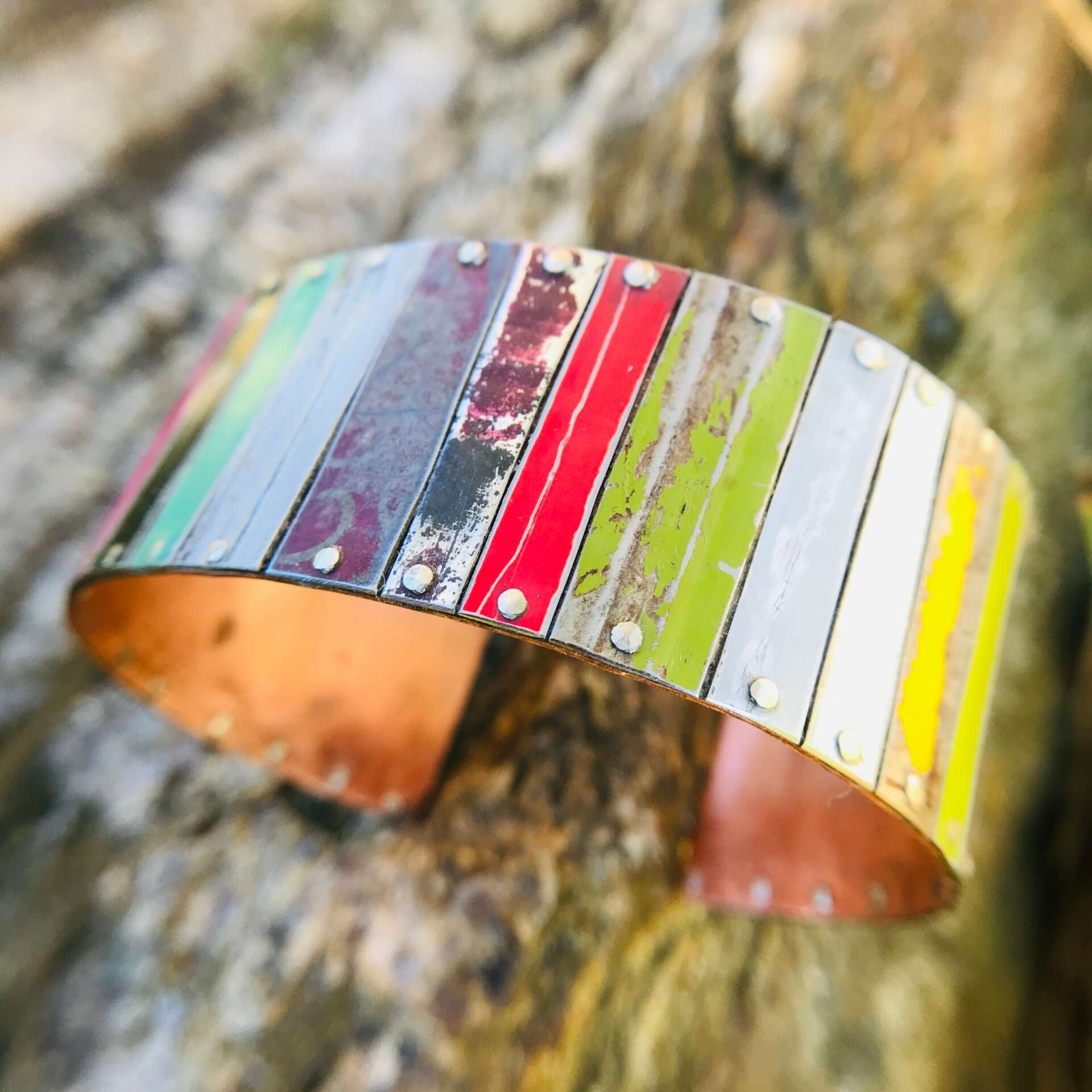
Is there something you think non-creatives will struggle to understand about your journey as a creative?
I don’t think there is any such thing as a non-creative. Humans are inherently creative. It mostly gets schooled out of us. We are widgetized from a young age and those who stick their heads up or call attention to themselves in ‘creative’ ways are often quickly put back in their ‘place’. So, my journey is only different in that I ignored all the naysayers and did exactly what I wanted when I wanted and how I wanted. That’s what I recommend to everyone. Conformity is a trap. We are all here to express our true nature and share our specific gifts with the world. If we don’t share them or if we aren’t allowed to share them, the world is a poorer place for it.
Contact Info:
- Website: www.adaptivereuser.com
- Instagram: https://www.instagram.com/christineterrell/
- Facebook: https://www.facebook.com/adaptivereuser


